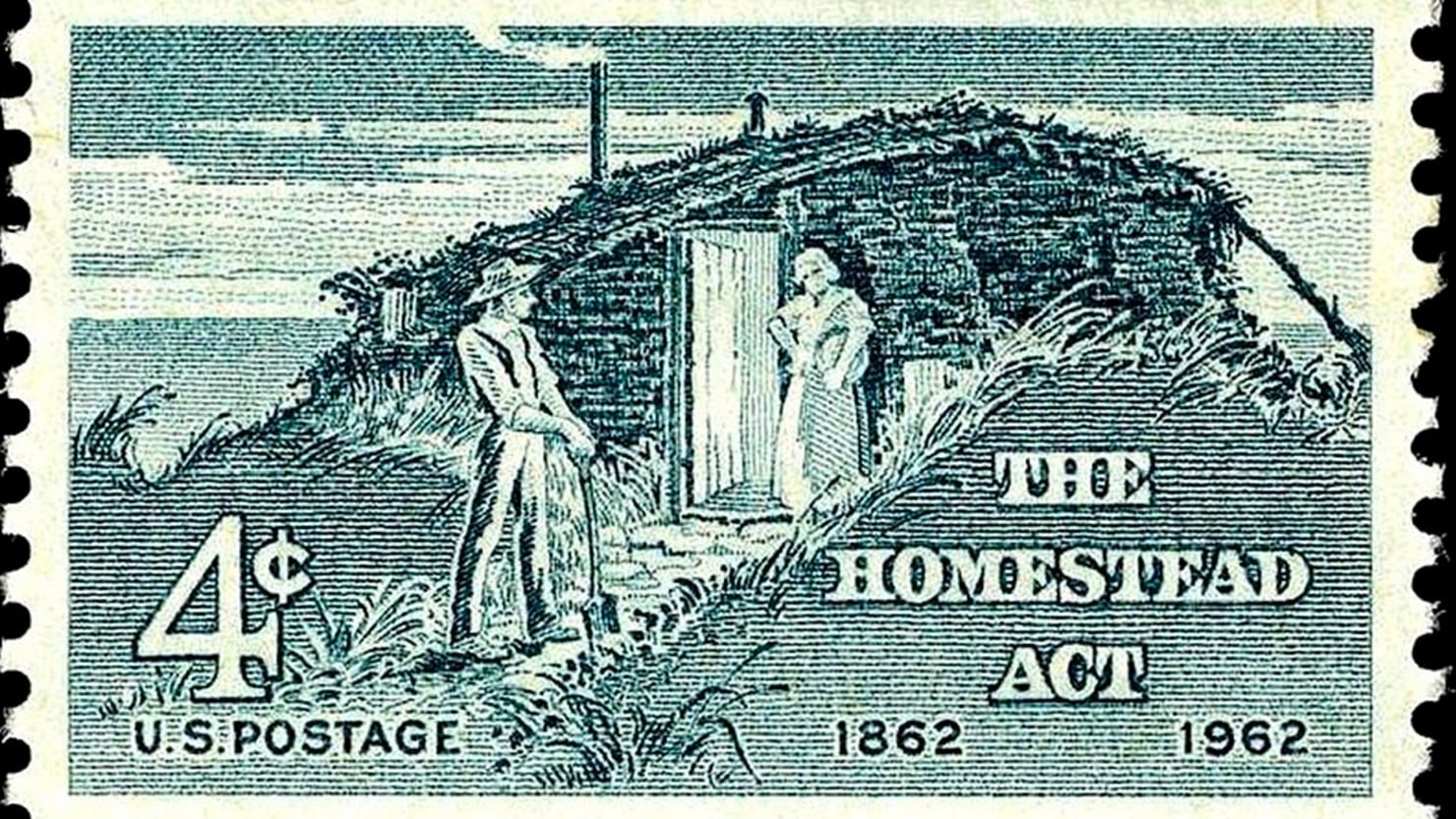LAD/Blog #25: The Dawes Act
LAD/Blog #25: The Dawes Act
The Dawes Act (General Allotment Act) of 1877 allowed the
president to break up Native American reservation lands and give certain
amounts to individuals based on gender, age, and status (head of family given ¼,
any over 18 or an orphan under 18 were given 1/8, and any single person under
18 was given 1/16). This occurred whenever the land was seen as useful for agriculture.
The Dawes Act permitted the government to buy any Native American land that was left over,
which was then sold to settlers. However, even if a Native American didn’t reside on a
reservation, they still received their land, represented by a patent from the
government, Also, this legislation assimilated the Native Americans, although it excluded
the “5 civilized tribes” and some others. The act also have the government
permission to build infrastructure through Native American lands, saying “that nothing in
this act contained shall be so construed to affect the right and power of
Congress to grant the right of way through any lands granted to an Indian, or a
tribe of Indians, for railroads or other highways, or telegraph lines, for the
public use, or condemn such lands to public uses, upon making just compensation.”
Also, this act was only binding for 25 years.

The Dawes Act

The Homestead Act (synthesis):
Homestead Act (1862) gave settlers 160 acres
of public land; in return, they paid a small fee and had to complete 5 years of residence
before receiving full ownership of the land. Both acts promoted the westward expansion of citizens, but ended up hurting Native Americans. They both stressed individuals having their own land.
Comments
Post a Comment